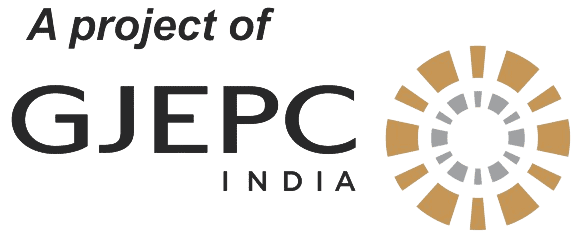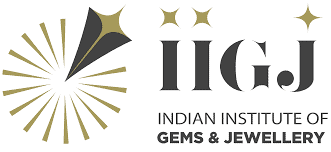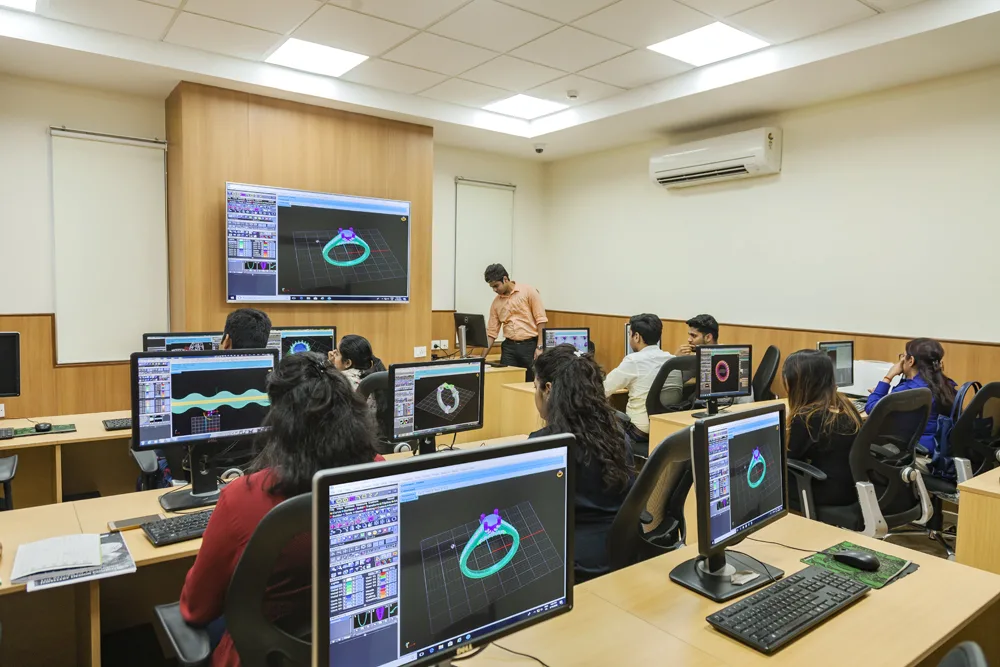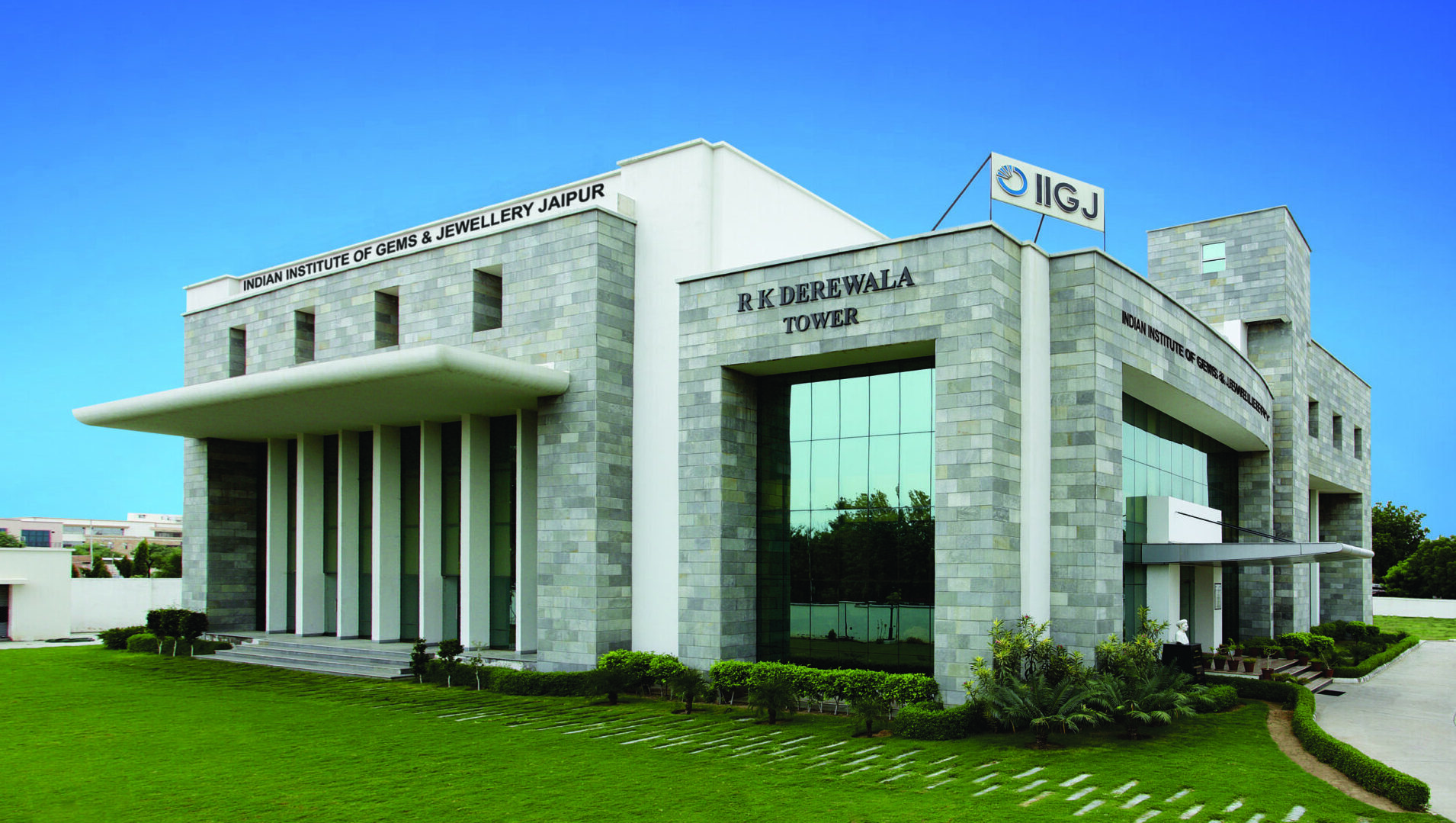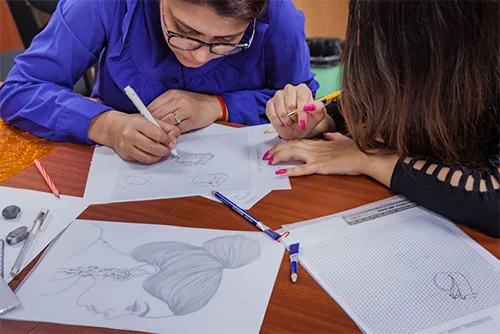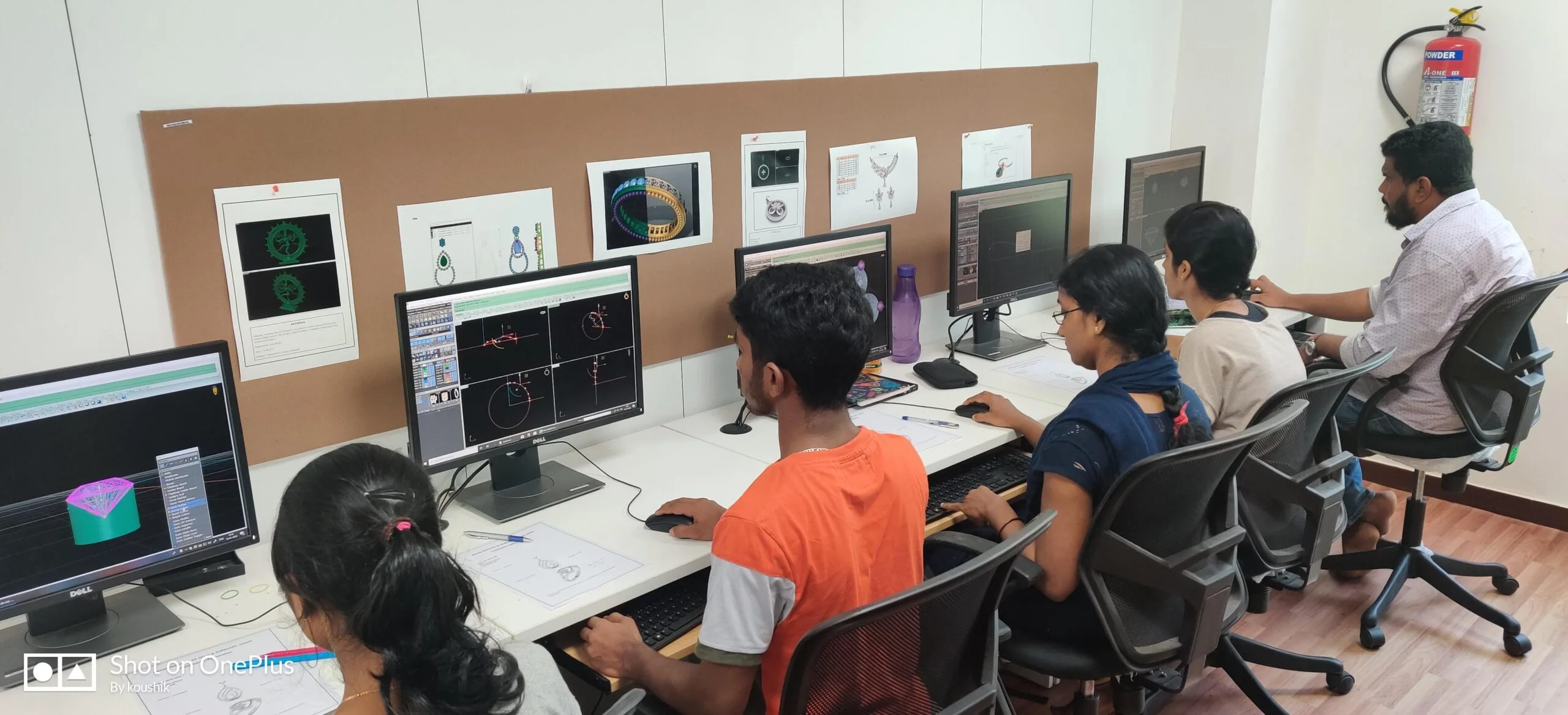Jaipur Campus
Jaipur Campus:
A Legacy of Excellence and Innovation
IIGJ Jaipur was established by GJEPC in 2010 and is a prestigious institution dedicated to gems and jewellery education. Strategically located in the heart of India’s gemstone hub the sprawling, impressive 38,000 sq. ft., campus offers a state-of-the-art learning environment with modern classrooms, fully equipped CAD and Gemmology labs and advanced technology for Jewellery Manufacturing. IIGJ Jaipur provides up-to-date, comprehensive programs aligned with industry trends, ensuring students gain practical skills and theoretical knowledge in all aspects of jewellery education, delivered by specialised faculty. With a strong focus on creativity, innovation and technical excellence, the institute has become a key destination for aspiring jewellery professionals, offering a gateway to a successful career in the industry.
Hostel Facilities
IIGJ Jaipur hostel offers modern, comfortable accommodation within its expansive 38,000 sq. ft. campus. Students can choose between single, double or triple occupancy rooms, all well-equipped with essential amenities for a cozy stay. The hostel features separate living areas for boys and girls, ensuring a safe and secure environment. Residents enjoy nutritious and tasty meals served in a well-designed dining room. With its modern facilities and supportive atmosphere, the IIGJ Jaipur hostel is designed to provide a balanced and enjoyable stay for out-station students.
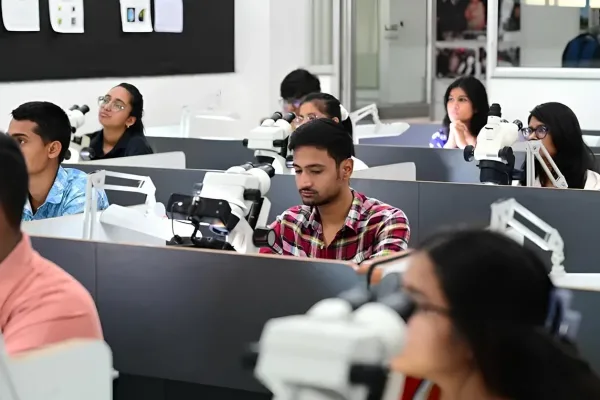
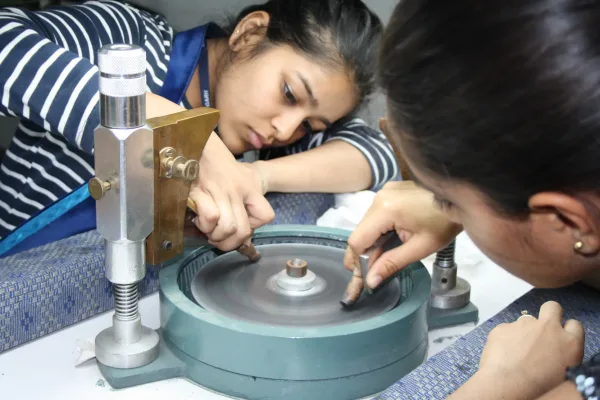

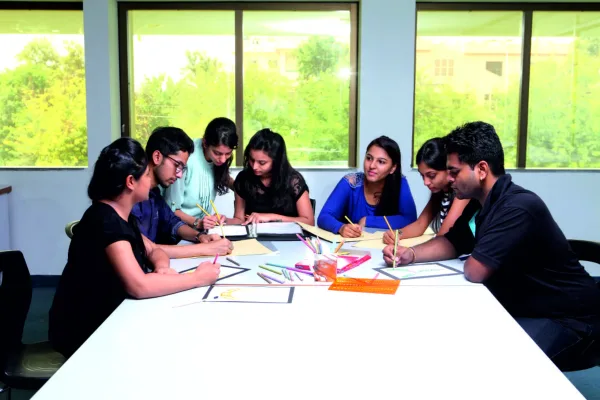
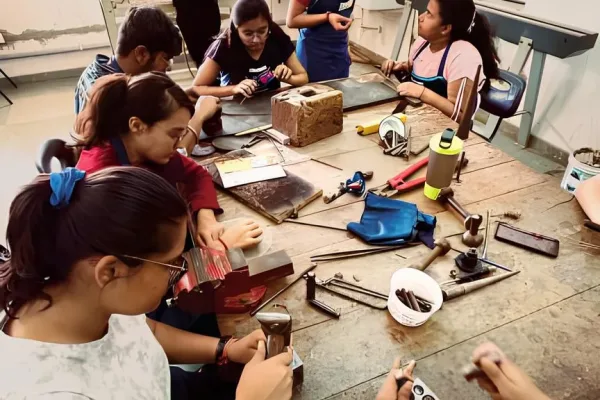
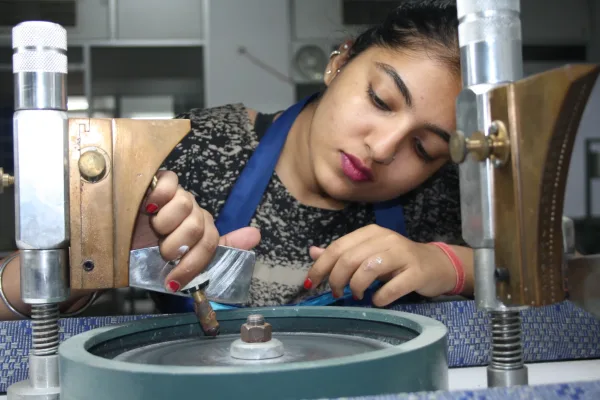
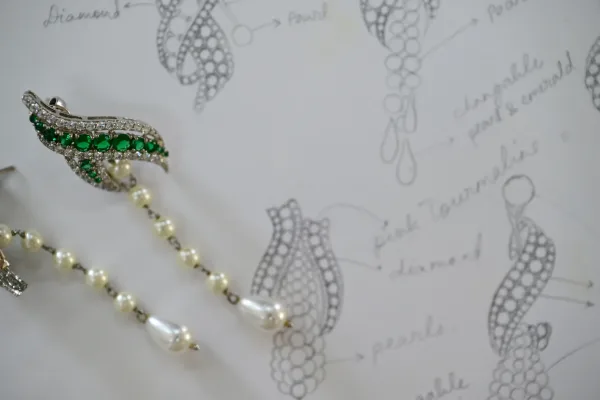

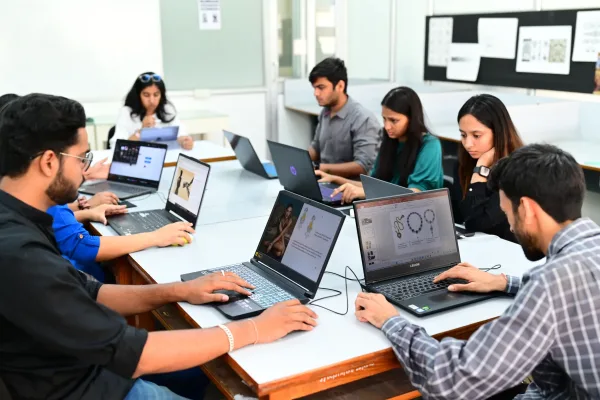
Chairman's Message

Name Xyz
Chairman, IIGJ Jaipur
Lorem ipsum dolor sit amet, consectetuer adipiscing elit, sed diam nonummy nibh euismod tincidunt ut laoreet dolore magna aliquam erat volutpat. Ut wisi enim ad minim veniam, quis nos- trud exerci tation ullamcorper suscipit lobortis nisl ut aliquip ex ea commodo consequat. Duis autem vel eum iriure dolor in hen- drerit in vulputate velit esse molestie consequat, vel illum dolore eu feugiat nulla facilisis at vero eros et accumsan et iusto odio dignissim qui blandit praesent luptatum zzril delenit augue duis dolore te feugait nulla facilisi.
Other Faculty

Name Xyz
Chairman, IIGJ Jaipur

Name Xyz
Chairman, IIGJ Jaipur
Explore Our Course Offering
At IIGJ Jaipur, our diverse range of diploma courses in jewellery design, gemmology, and CAD/CAM are tailored to ignite creativity and equip students with industry-required skills. From learning the art of jewellery design to mastering diamond grading and understanding CAD technologies, our programs are designed for deep, immersive learning experiences. Each course at IIGJ Jaipur is a gateway to endless opportunities in the gem and jewellery industry.
Degree
B.Des in Jewellery Design
Diploma Programs
Post Graduate In Jewellery Design & CAD
Jewellery Manufacturing & Production
Computer Aided Design
Gem Identification
Professional Certificate
Professional Certificate In CAD (Advanced)
Professional Certificate In Gem Identification
Certificate Course in Jewellery Manufacturing
Walk Through IIGJ Jaipur With Us
Legacy & Milestones

2010
The Indian Institute of Gems & Jewellery Jaipur was formally inaugurated on 13th December 2010 by the Hon’ble Chief Minister of Rajasthan, Shri Ashok Gehlot.
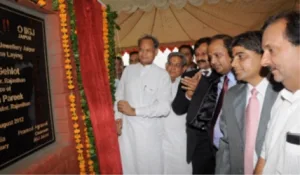
2012
Hon’ble Chief Minister of Rajasthan, Shri Ashok Gehlot laid the Foundation Stone for the hostel building for boys and girls on 18th August 2012.

2017
The Bachelor’s program at IIGJ Jaipur received affiliation from Shri Vishwakarma Skills University.
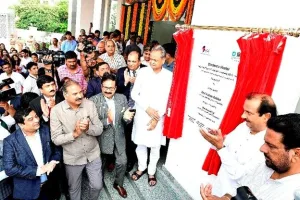
2019
IIGJ Jaipur hostel was inaugurated by Hon’ble Chief Minister of Rajasthan, Shri Ashok Gehlot on 2nd November, 2019, in the presence of eminent guests Shri Subodh Agrawal (Additional Chief Secretary, Industry), Shri Ashutosh Pednekar (Managing Director, RIICO), Shri Pramod Kumar Agrawal (Chairman, GJEPC), Shri Nirmal Kumar Bardiya (Regional Chairman, GJEPC), Shri Sabyasachi Ray (Executive Director, GJEPC), Shri Rajiv Jain (Chairman, IIGJ Jaipur), Shri Sudhir Kasliwal (Hon. Secretary, IIGJ Jaipur)
